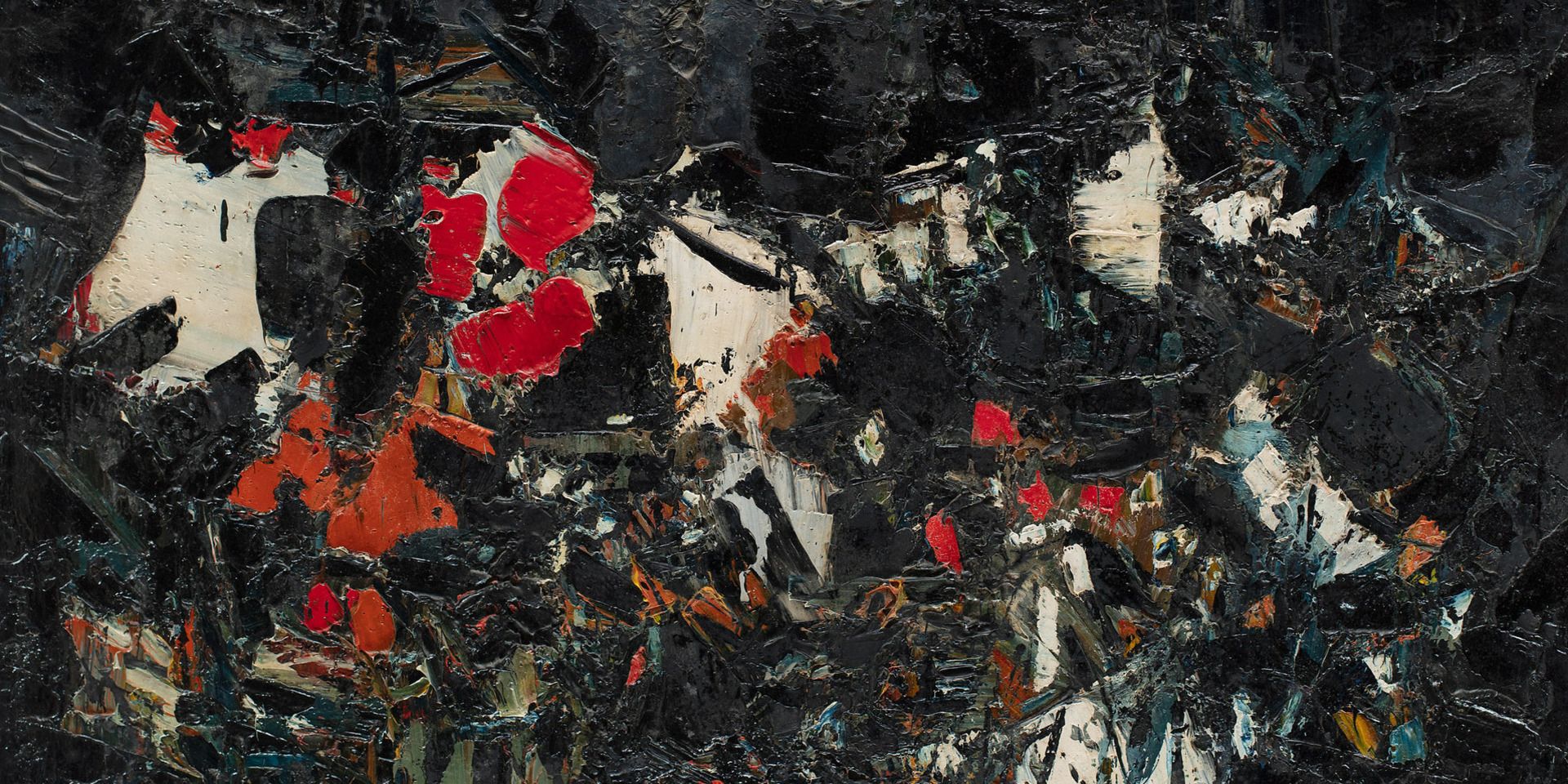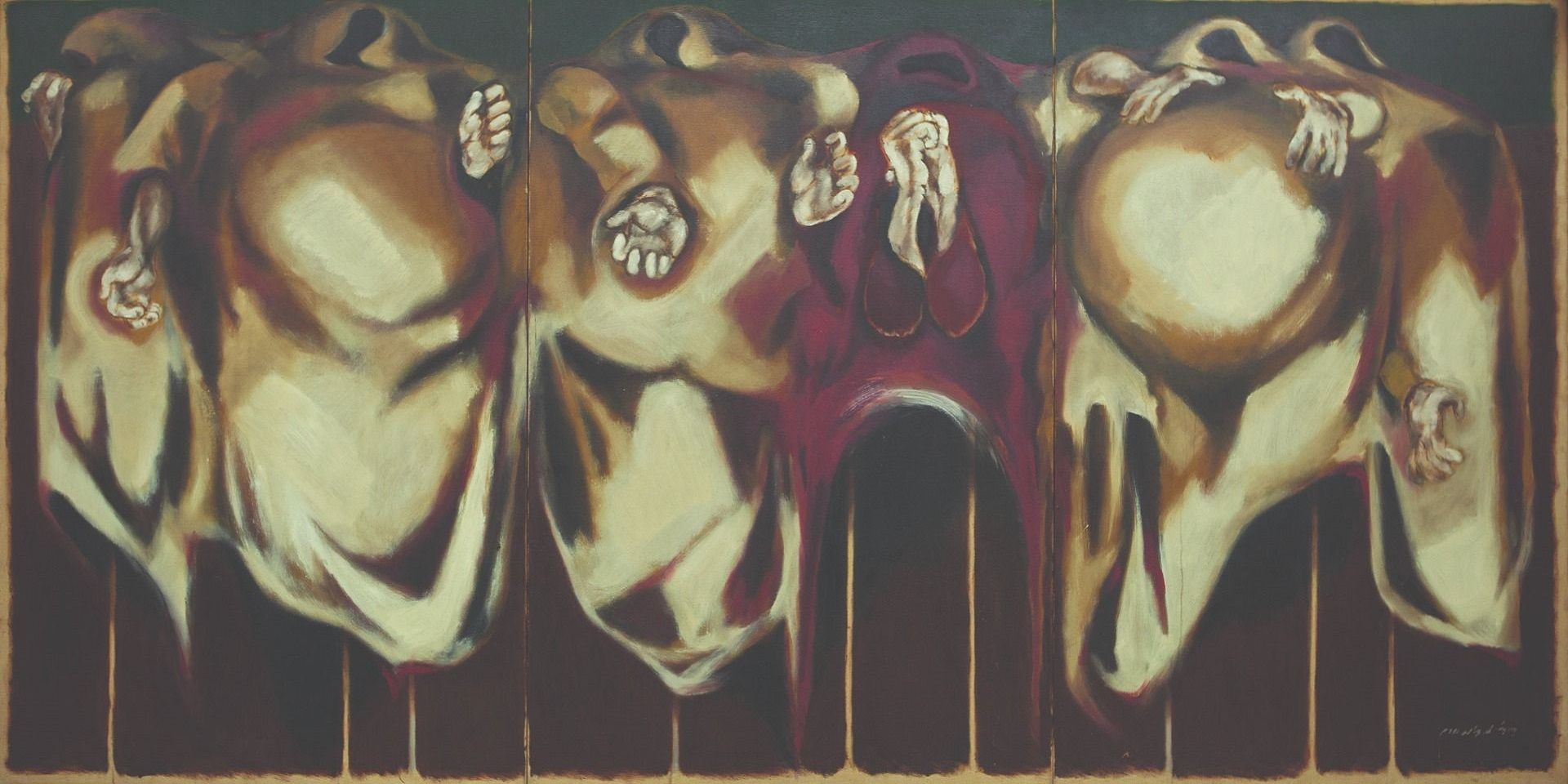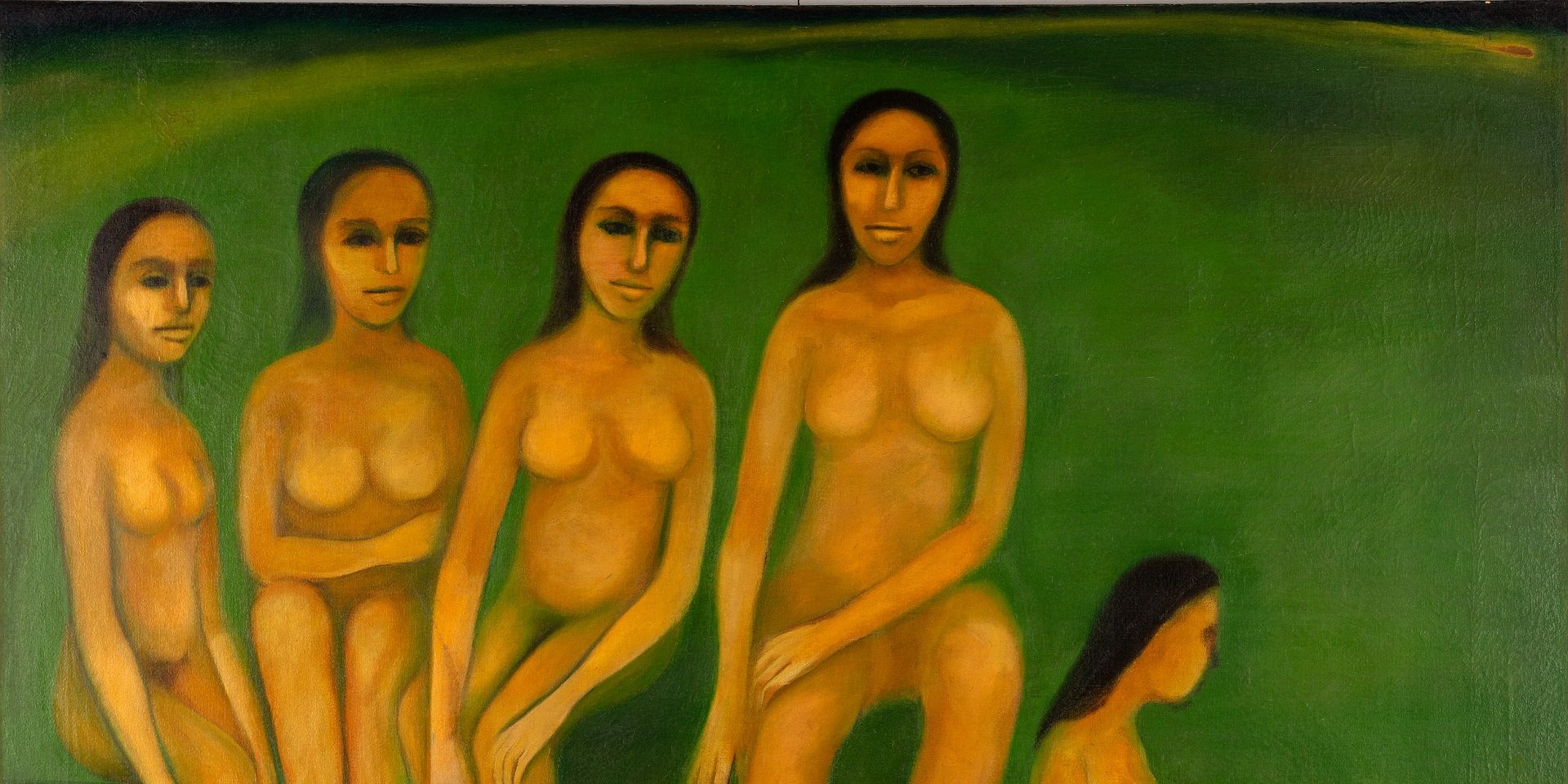The Journal Goes Live
The Journal Goes Live
The Journal Goes Live
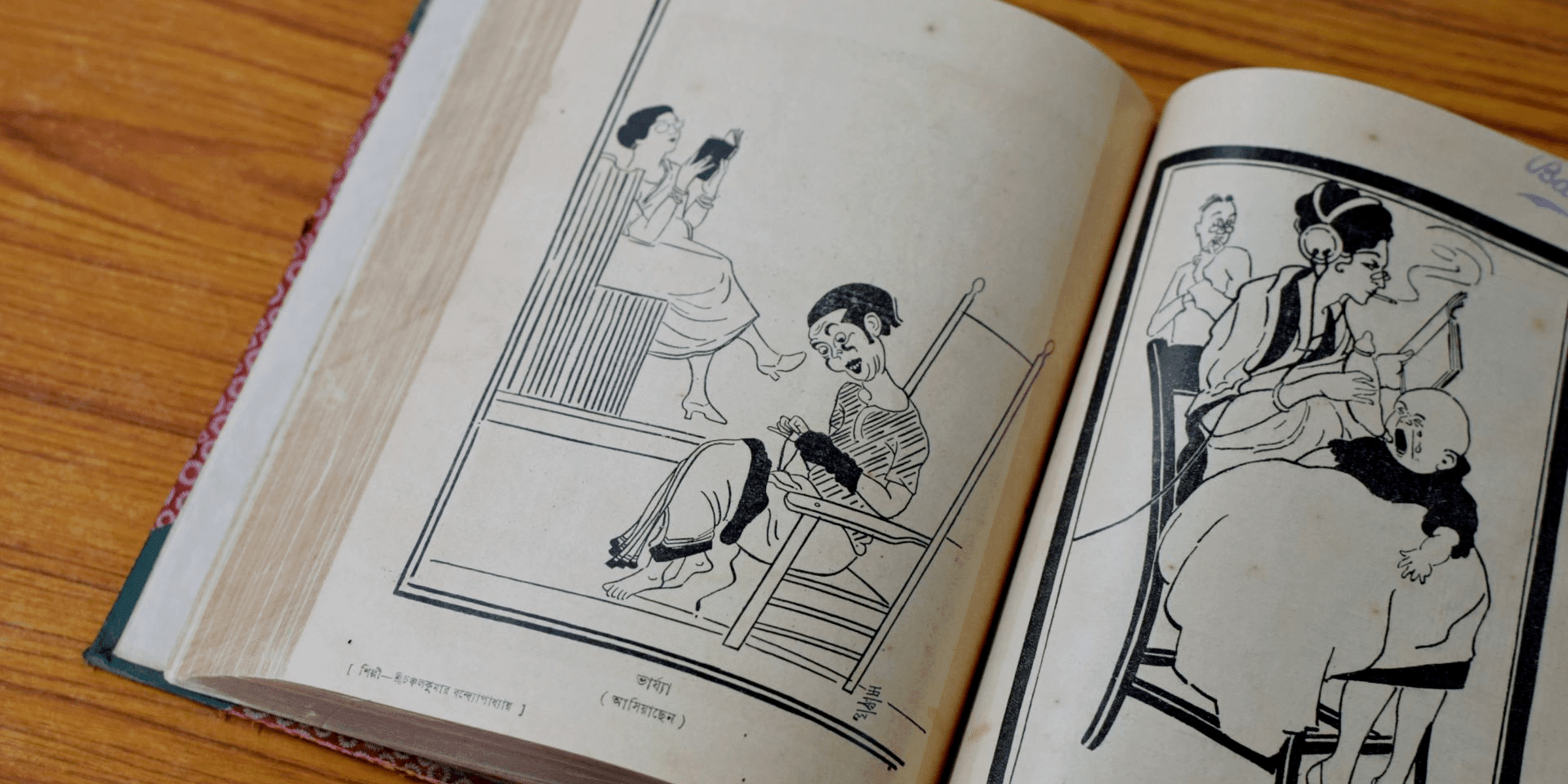
Looking back at periodicals and journals, such as 'Bichitra', which were crucial disseminators of modern art in India. Image courtesy: Uttarpara Jaykrishna Public Library. Photo: Utsa Saha
On the thirtieth year of DAG’s presence in the Indian art landscape, we are especially delighted to share with our readers the first issue of our Journal. DAG has upheld a high quality of research through exhibitions and publications that have shaped how people understand Indian modern art. Through this journal, we want to keep those discussions going and point towards newer ways to approach the period of modernism—joining the dots that lead those significant artistic breakthroughs into the contemporary. We also want to create a space where readers can gain privileged access into the people and organizations who works around the clock to keep the art world ticking.
In an interview with Diana Campbell Betancourt, the curator of the Dhaka Art Summit, we set off these potential dialogues between the legacies of modern art and the world of contemporary art, especially as seen through the various summits, biennales and fairs that now dot the landscape.
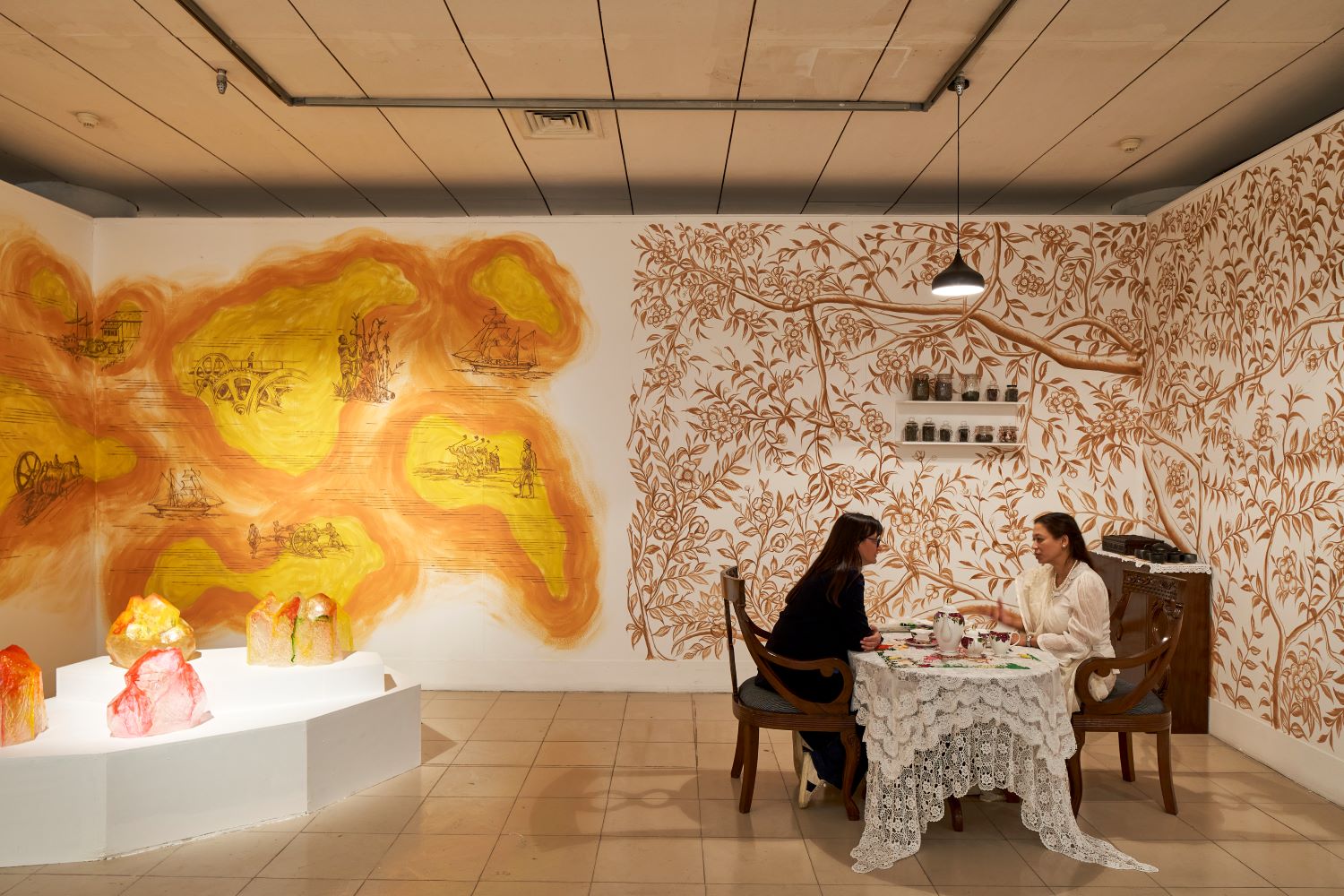
Dhaka Art Summit, 2020. Right: Yasmin Jahan Nupur, Let Me Get You a Nice Cup of Tea, 2019–20, antique furniture, antique tea set, embroidered textiles, tea, performance. Courtesy of the artist and Exhibit320, with support from the Peabody Essex Museum, Salem. Left: Elia Nurvista, Sugar Zucker, 2016-2020, crystallised sugar, mural. Courtesy of the artist. Realised with additional support from the Indonesian Embassy of Bangladesh. Photo: Randhir Singh
For our first issue we are focusing on a cluster of artists from India who are today globally synonymous with Indian modern art. We encounter them at a point when many of them, such as Tyeb Mehta or Jeram Patel, achieved a point of exhaustion with familiar methods of grappling with the trifold agenda for Indian artists in the early years of modernism—the nascent spirit of nationalism, forces of progressivism and the need for formal innovation. By the end of the Nehruvian era in Indian history, the artists were still carrying traumatic memories of the partition, mixed with hope for a new nation, and these ambivalent attitudes would inform their search for new styles and even new media. Artists like Mehta and M. F. Husain were immersed in the world of popular Bombay cinema which was reflected in their frequent forays into working with the medium. We are also introducing a recurring section which will be an illustrated art dictionary. It will seek to demystify some of the popular ideas, methods or concepts that were used by artists to break new ground.
The journal is intended to be a space for reflection as well as entertainment. In order to guide the unsuspecting reader through the maze of new art fairs and biennales, do remember to check out our section ‘DAG Recommends’, where we suggest art destinations for the curious as well as the seasoned art-world enthusiast.
In a photo-essay titled ‘Art in Print’ we explore the role played by periodicals in popularizing modern art for the average reader in the early twentieth century. While we attempt to start something new with this journal, we are also aware of this larger, illustrious history that precedes our attempt to keep such dialogues in currency.
As Ashish Anand, the CEO and Managing Director of DAG says, 'Looking back at the last thirty years of DAG, it is heartening to see how an understanding and appreciation of Indian art has evolved over time. DAG’s significant contribution to this field gives us a unique vantage point and perspective on the changing landscape of art, and with our new website and journal we look forward to making our audiences a part of the next, ambitious chapter of our journey.'
We hope you enjoy reading the first issue as much as we enjoyed putting it together!
related articles

Essays on Art
Before the Chaos of Destruction: Jeram Patel's Iconic Works
Roobina Karode
February 01, 2023
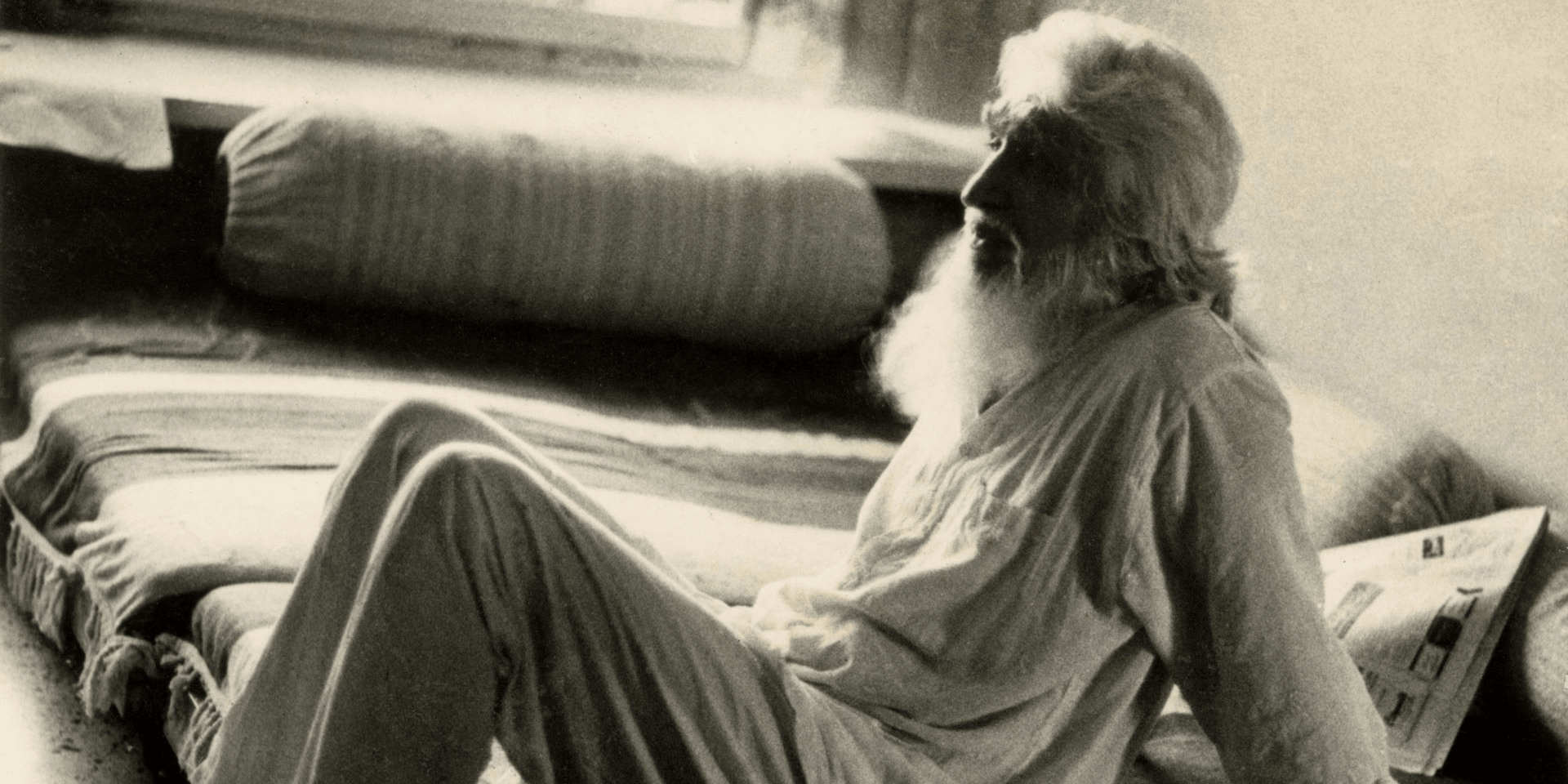
Intersections
The Painters’ Camera: Husain and Mehta's Moving Images
Avijit Mukul Kishore
February 01, 2023

Conversations with friends
The Making of the Dhaka Art Summit: Behind the scenes with the Curator
February 01, 2023



